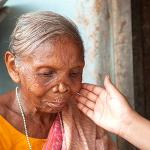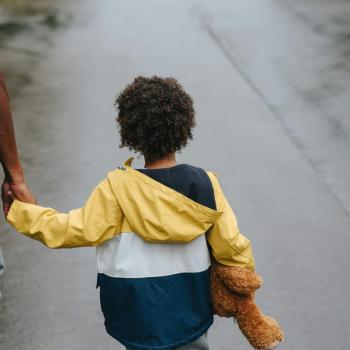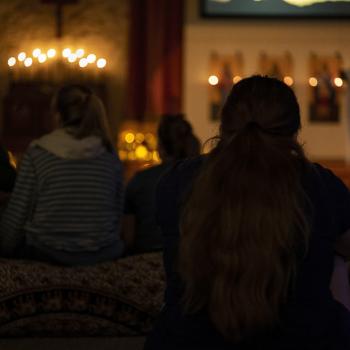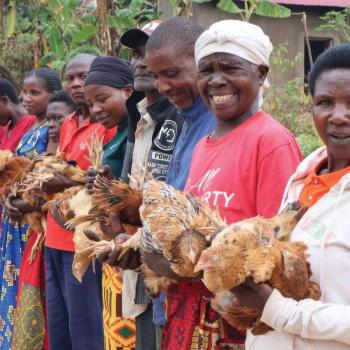 If the greatest misunderstanding about leprosy is believing that it is a highly contagious disease, the second is misunderstanding its pain.
If the greatest misunderstanding about leprosy is believing that it is a highly contagious disease, the second is misunderstanding its pain.
In fact, leprosy is highly treatable and curable, and nerve damage can be entirely avoided. Early treatment, in other words, limits leprosy to a minor skin disease. Even in people with advanced stages of leprosy, the likelihood of others contracting the condition is minimal at best.
As to the matter of pain, the nature of the leprosy bacteria is that it seeks primarily the cooler parts of the human body: the skin and the extremities. Once there, it can cause unsightly discolored lesions and nerve damage. The nerve damage compounds the damage by making the injuries, bruises, cuts and sores imperceptible to the victim. That unrecognized damage leads to more sores and, often, the eventual loss of fingers and toes.
Like many other diseases, the longer the disease is untreated, the greater the internal pain. But that is not the worst pain someone infected with leprosy a bears.
Leprosy, in its various forms and manifestations, has been viewed as an abomination in every culture in which it exists for more than the millennia. The common fear of contagion and the response to the repulsion of the external damage have typically cut off people with leprosy from society to spend the rest of their lives dealing with the pain and misery of rejection, shame and loneliness.
The unrealistic perception of the otherwise healthy population imposes medically irrational isolation on victims of leprosy. The path to the pain of loneliness looks something like this:
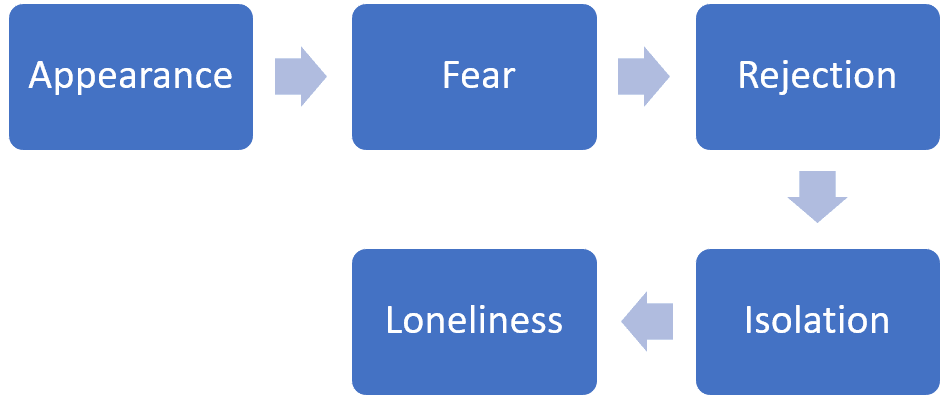
It is part of the human condition to fear the unknown – and to fear that which is not visually appealing. Leprosy presents both conditions. Therefore, the uniformed response is rejection at the family and communal levels.
The scope of rejection, in fact, goes far beyond, as evidenced by the fact that World Leprosy Day is necessary to raise awareness of the disease. Our human nature, left untransformed, doesn’t even want to think about it.
In some developing nations of Africa and Asia, the misunderstanding of leprosy runs deep. Most, but not all, cases of leprosy appear in the poorest of communities, so victims may already be objects of derision living in slums and already isolated from the community at large. But people with leprosy are rejected by their own equally impoverished families and friends.
“While this ancient disease may be largely forgotten in many parts of the world, it’s an everyday reality for many in Asia,” said Dr. KP Yohannan, Gospel for Asia founder.
Left to fend for themselves, they are relegated to leper colonies where they can be amongst “their own,” often without treatment and without apparent hope. This is the pain of leprosy. Life separated from family and former friends. Life where the other residents bear the same “shameful” marks and disease. Life where all you see is the unsightly and loathsome ravages that others don’t want to see. Life in the pain of despair.
Through national missionaries and aid workers, Gospel for Asia (GFA)-supported leprosy ministry provides practical relief services to these victims, including food distribution, medical aid, health and hygiene awareness programs, adult education and tuition centers for children.
The ministry also offers Sunday school and fellowship groups to those forced to live in leprosy colonies, giving sufferers the opportunity to hear about Jesus’ unconditional love for them.
During the week surrounding World Leprosy Day, Gospel for Asia (GFA)-supported missionaries demonstrate Christ’s love through special one-day programs. Beyond their routine care for these leprosy patients, they also clean leprosy colonies and individual patient homes. Doctors will also visit the colonies to provide much-needed medical care. In addition, missionary teams will provide patients with gifts, such as blankets, shoes and goats, which can be used for individual or community income-producing opportunities.”
Prayer Point: Pray that people with leprosy will see the unconditional love of Jesus, as demonstrated to them by GFA-supported national workers.
Sources:
- Health Resources & Services Administration, National Hansen’s Disease (Leprosy) Program Caring and Curing Since 1894
- Health Resources & Services Administration, Frequently Asked Questions About Hansen’s Disease
- World Health Organization, Leprosy Fact Sheet
=====
Click here, to read more blogs on Patheos from Gospel for Asia.
Go here to know more about Gospel for Asia: GFA.net | Wiki | Flickr


